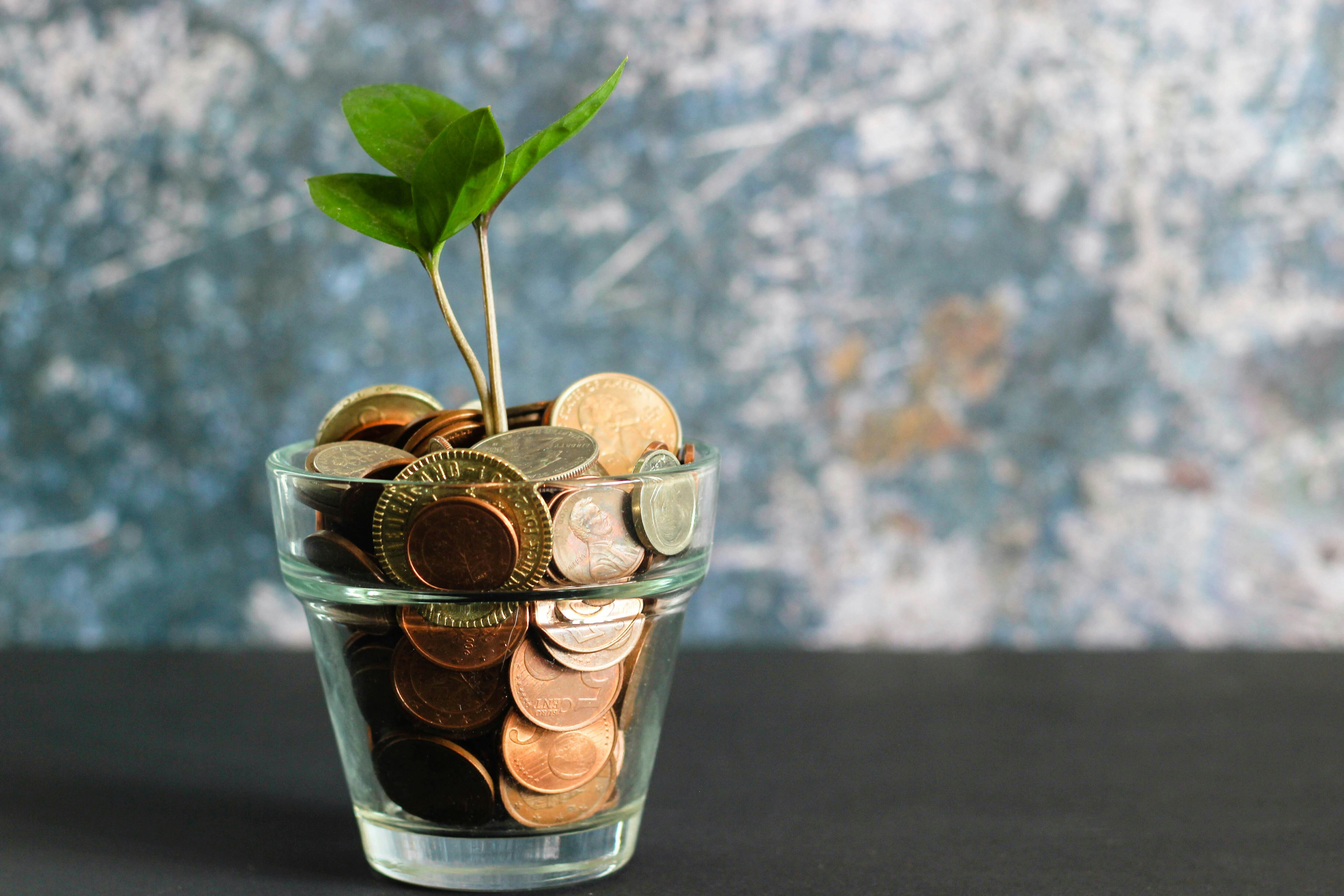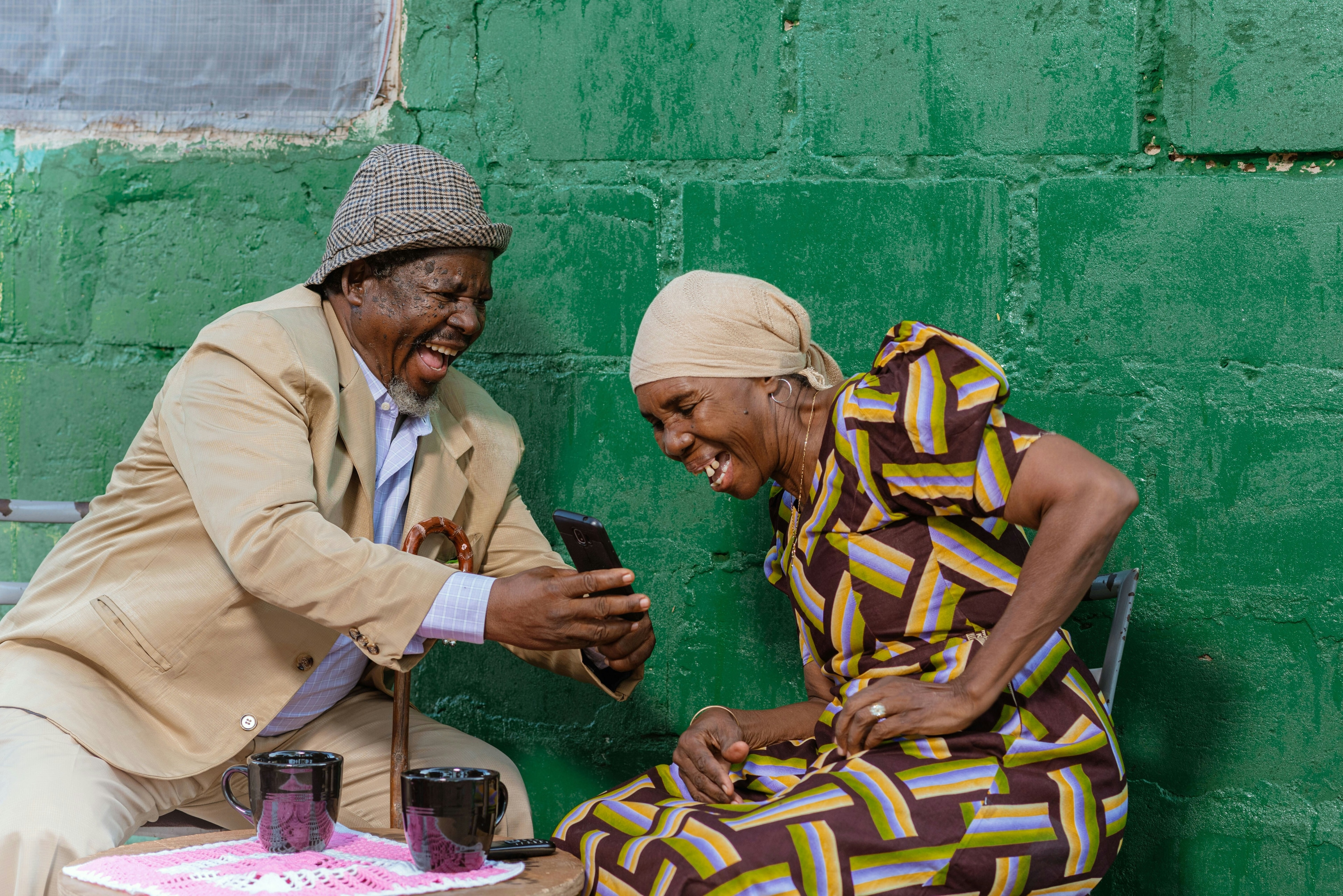Why indigenous people are key to protecting our forests

Protecting the forests is a way of life for the people who live in them - but now they need our help Image: REUTERS/Finbarr O'Reilly
There’s a first time for everything: in its preamble, the Paris Agreement on climate change recognized the intrinsic relationship between indigenous people and their environments. Whether they're in Taiga, the Sahel or the rain forests of Africa, America or Asia, what all indigenous people have in common is a deep connection to the natural environments in which they live.
I like to think of nature as our supermarket: it produces the grass we use to feed livestock, the food we eat, the water we drink, and also the medicine we need.
But nature is more than that: it inspires our culture, our traditions, our science and our identity. For instance, traditional knowledge based on observing nature, such as birds, bugs and trees, helps nomad communities to define their seasonal migration. When you’re in a city checking the weather forecast via an app on your smartphone, try to imagine my people, in Chad, far away from any network, anticipating the rain or the wind by looking up at the sky.
This is why we indigenous people are on the frontline of nature conservation. Preserving the balance of the ecosystem has always been the indigenous way of life. Even in the tropical forests of Africa,where some communities use wood products to build settlements, they do so without negatively affecting the nature around them.
First defence against deforestation
In Chad, the seasonal movement of communities helps fertilize the soil, creating a natural barrier against deforestation. Pastoralism has a full role to play in the Sahel green great wall initiative, for instance. For centuries, indigenous people and their communities have helped to combat desertification, following the rhythm of seasons and helping to regenerate vegetation. But while they are first to preserve the environment, indigenous people are also the first to suffer the consequences of climate change.
In Africa, one of the most affected continents, all ecosystems are endangered by global warming. Forests that have survived for centuries today face new pressures. The change in climate threatens the ecosystem's ability to restore itself, while commercial agriculture damages biodiversity and converts primary forest into cultivated areas.
These activities make it hard for indigenous people to protect their environments, and also to preserve their culture, their languages, their knowledge and their unique traditions.

3 ways the Paris Agreement falls short
The survival of the forests, the Sahel ecosystems and those communities that, in Africa and all over the world, live in harmony with nature – are dependent on the full implementation of the Paris Agreement. This may happen in 2020, but only if the agreement is signed by countries that represent 50% of the world’s carbon-dioxide emitters.
Less optimistically, we know that fewer than 20 of the INDCs (intended nationally determined contributions) include commitments related to human rights, and only some of those specify the rights of indigenous people.
It’s clear that when it comes to indigenous people, the Paris Agreement doesn’t go far enough. There are three areas it could improve upon:
- Firstly, all countries should implement ambitious targets that allow us to stay as far as possible from a 1.5°C rise in global temperatures. In Africa, climate change kills slowly, keeping hundreds of thousands of people in extreme poverty. This will affect food security for millions of people, and threaten the ability of indigenous communities to feed themselves. Traditional knowledge will be lost, some of it disappearing for ever, along with our culture, identity and history.
- Secondly, to better survive in this progressively dying environment, we need to adjust our ecological, economic and social systems. This “adaptation” is vital for indigenous people and for any community that finds in its immediate environment the basic services it needs for food, energy and water.
Better funding for adaptation could help. It could contribute to the protection and preservation of our environments and natural resources by supporting the development of land tenure systems, the mapping of territories, the preservation of culture and traditional knowledge, and the ability of forest communities to pass on to the next generation an understanding of nature conservation and sustainable development.
- Thirdly, the Paris Agreement must recognize that traditional knowledge can play an important role in finding new solutions to fighting climate change. Indigenous wisdom can be used in both the mitigation of global warming and the adaptation to it. It can help us anticipate the impact of climate change, withstand new diseases, restore damaged ecosystems, avoid food insecurity and safeguard traditional livelihoods.
The UN Declaration on Forests in New York last year offers a new chance to change the relationship between people, ecosystems and the economy. But before that, it is necessary to acknowledge the rights of indigenous people. The Paris Agreement is too weak: it does not include provisions for human rights in the core text.
Paris was only the first step. From here, all future implementation measures will have to take into account the rights of indigenous peoples, to prevent land-grabbing and biopiracy, and to provide financial support for the communities so that they can do what they always did: protect and repair their environments.
The Tropical Forest Alliance 2020 is a partnership that brings together governments, businesses and civil society organizations to remove deforestation from the production of beef, soy, palm oil and paper. It's currently convening its first General Assembly in Jakarta, Indonesia.
Don't miss any update on this topic
Create a free account and access your personalized content collection with our latest publications and analyses.
License and Republishing
World Economic Forum articles may be republished in accordance with the Creative Commons Attribution-NonCommercial-NoDerivatives 4.0 International Public License, and in accordance with our Terms of Use.
The views expressed in this article are those of the author alone and not the World Economic Forum.
Stay up to date:
Future of the Environment
Related topics:
Forum Stories newsletter
Bringing you weekly curated insights and analysis on the global issues that matter.






